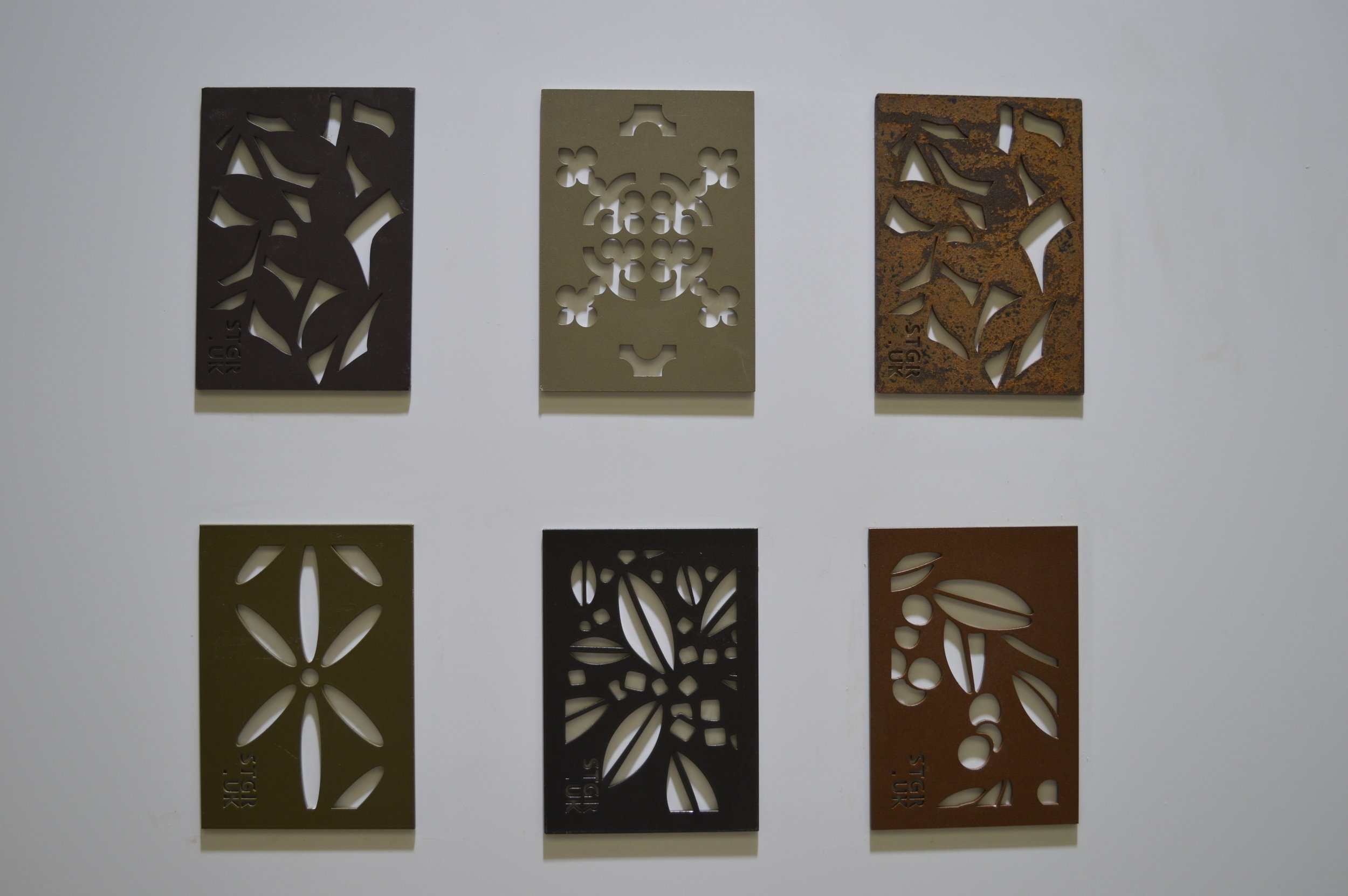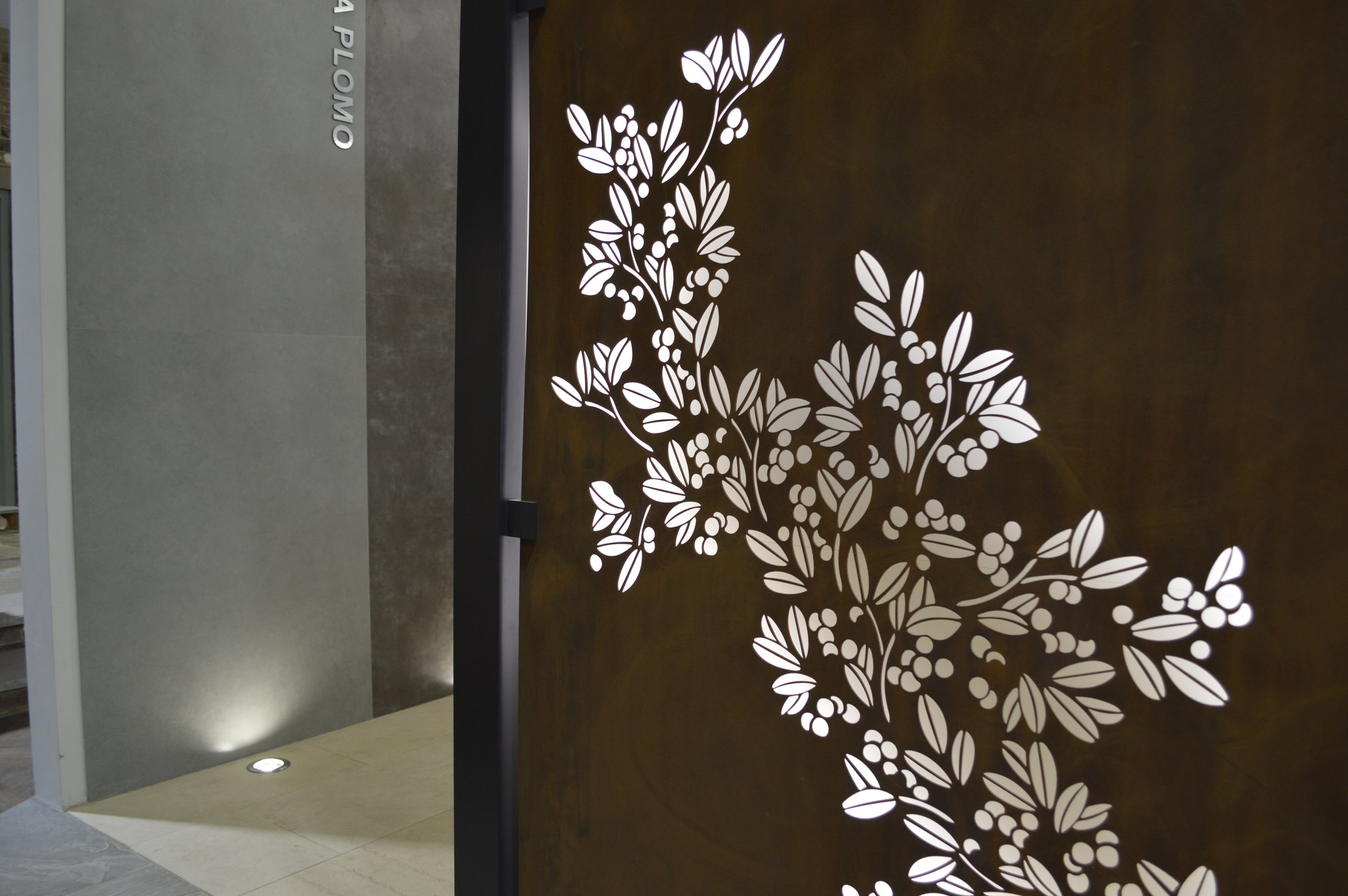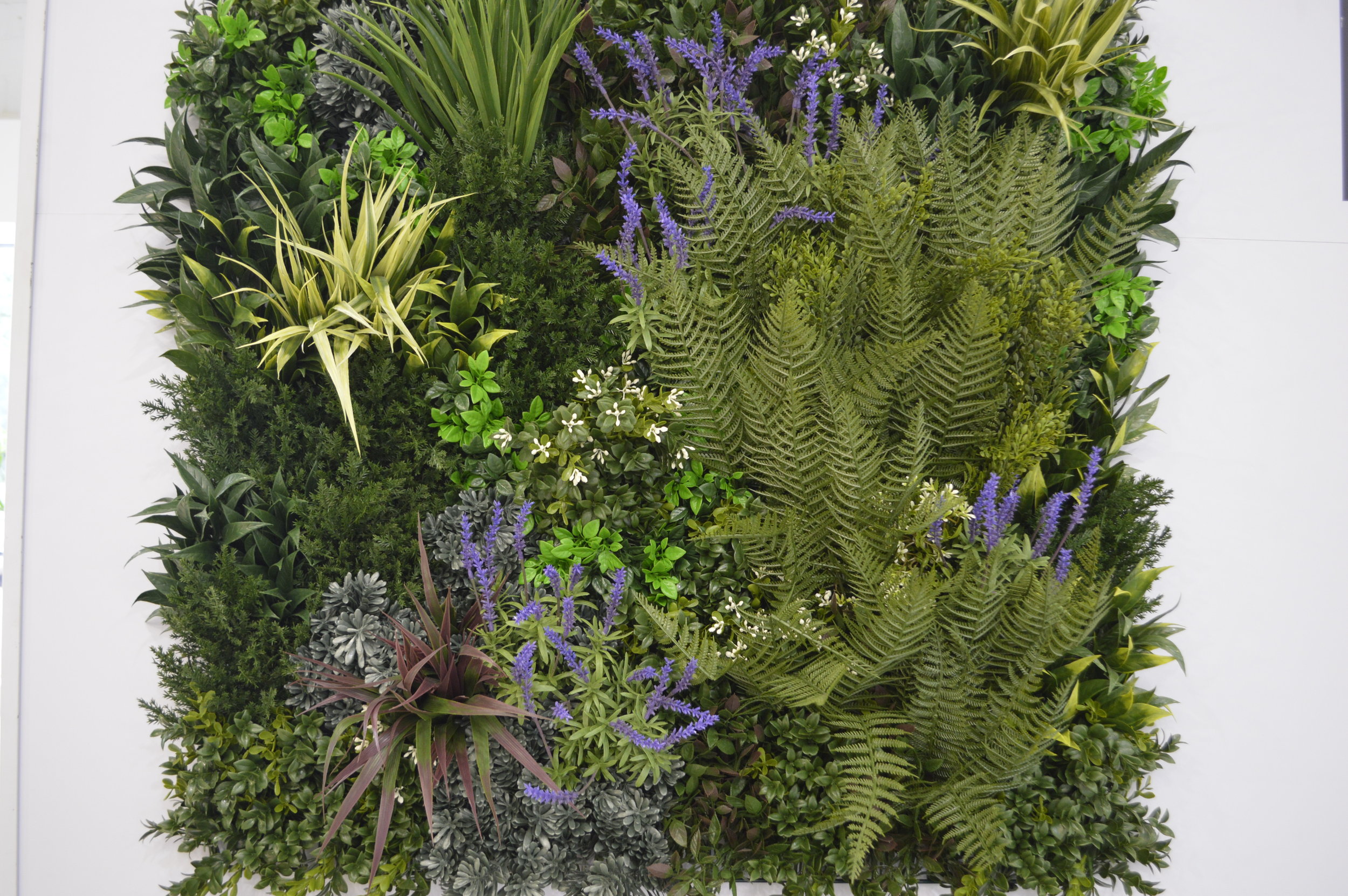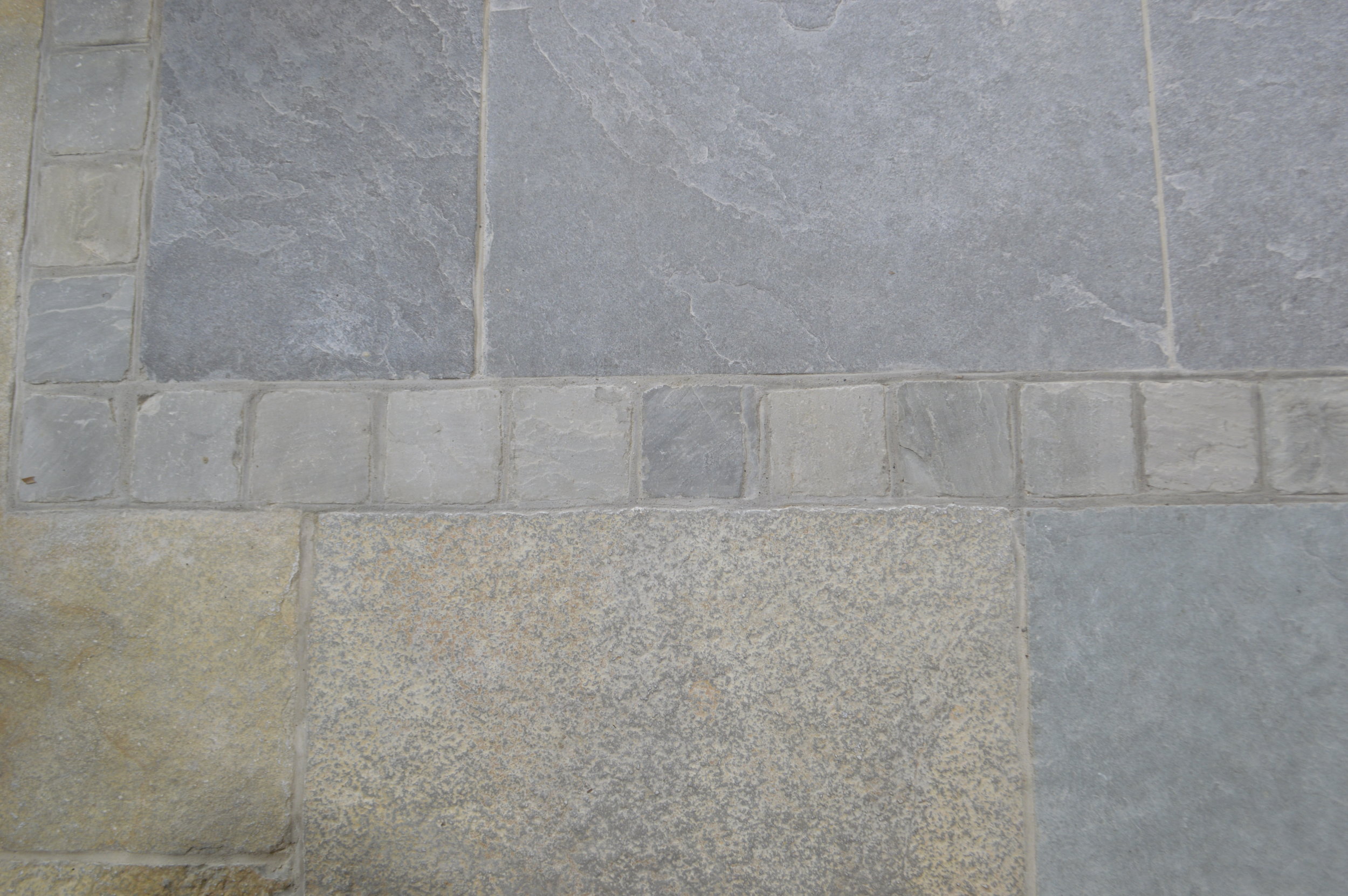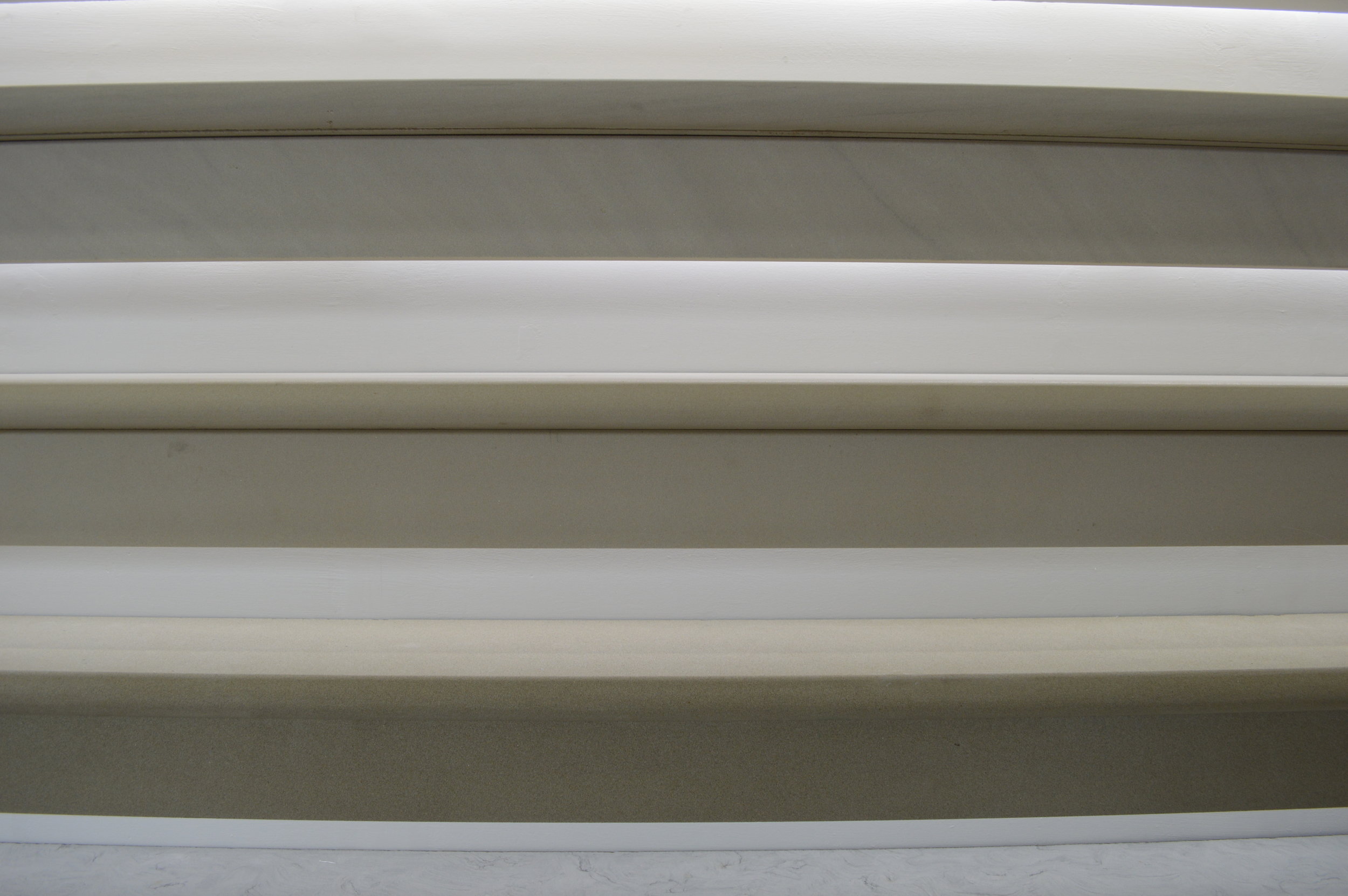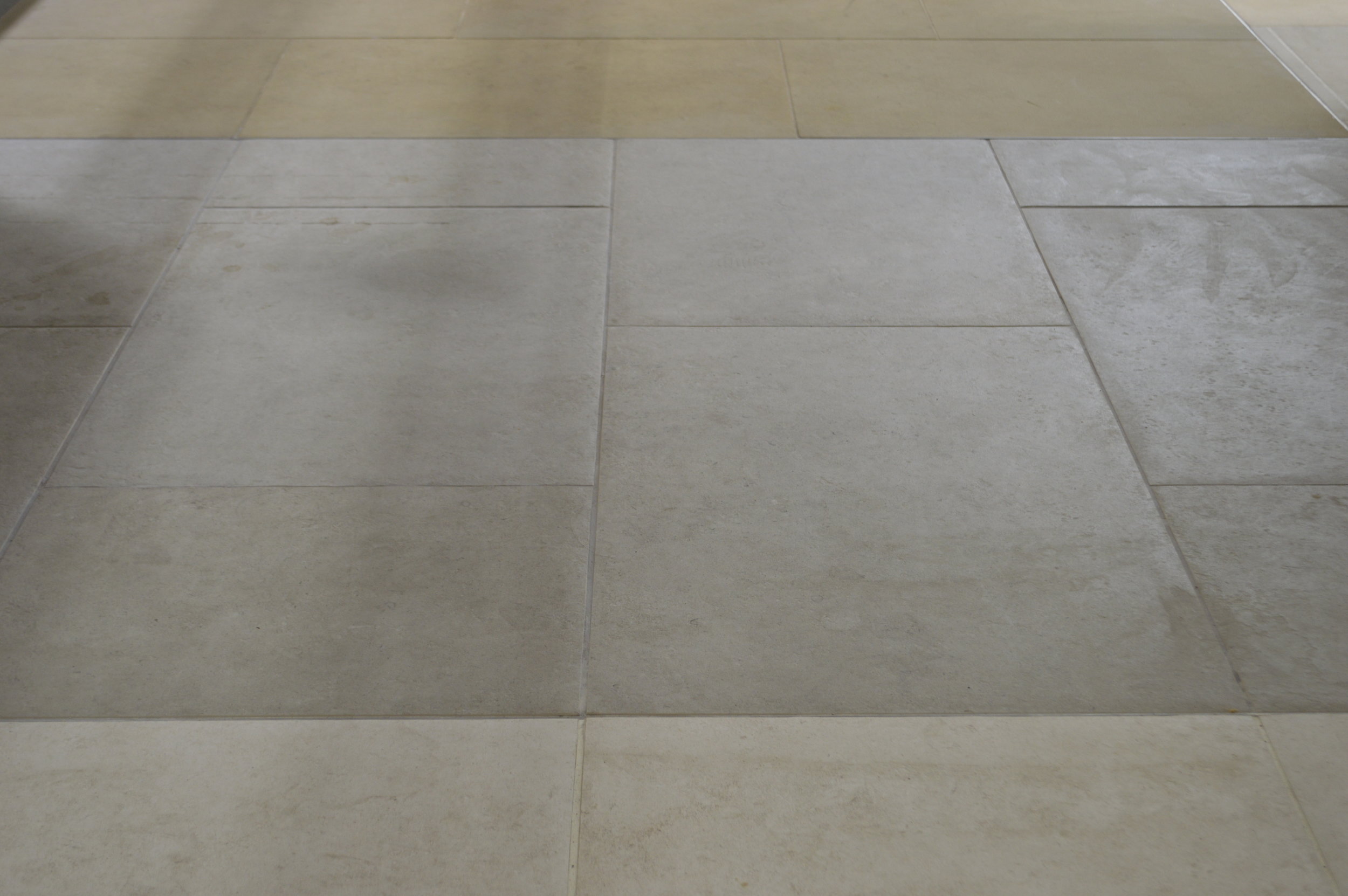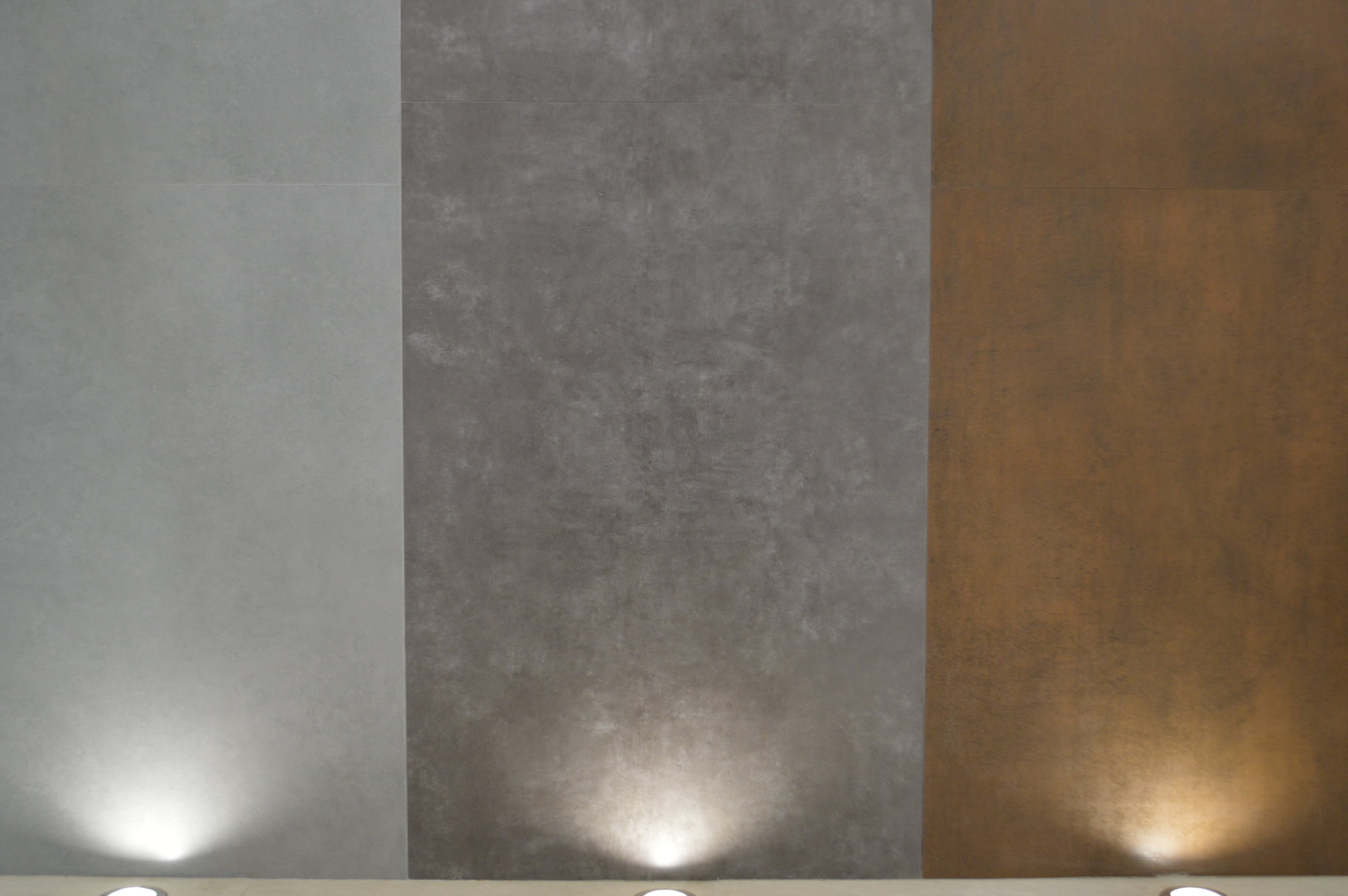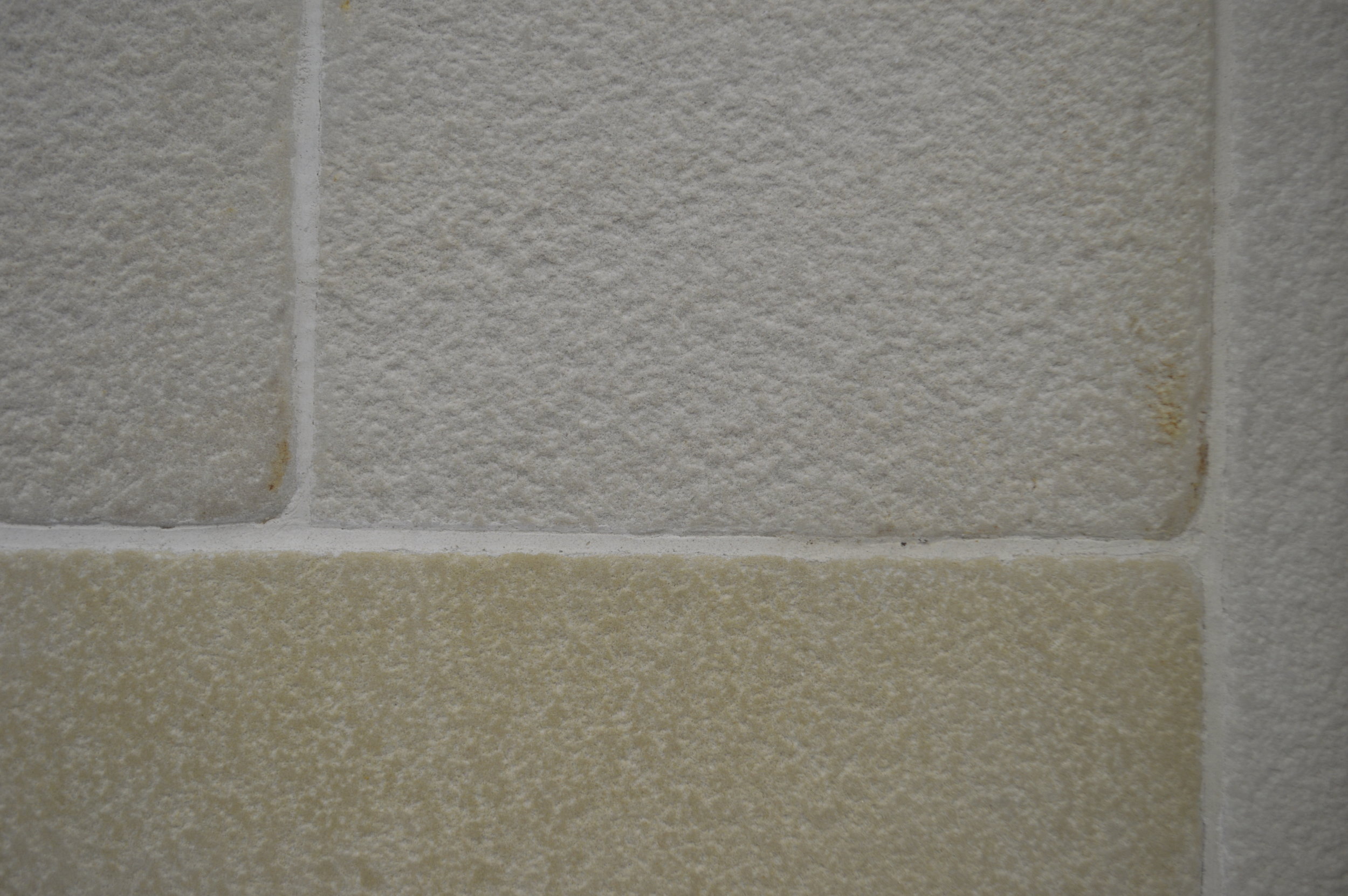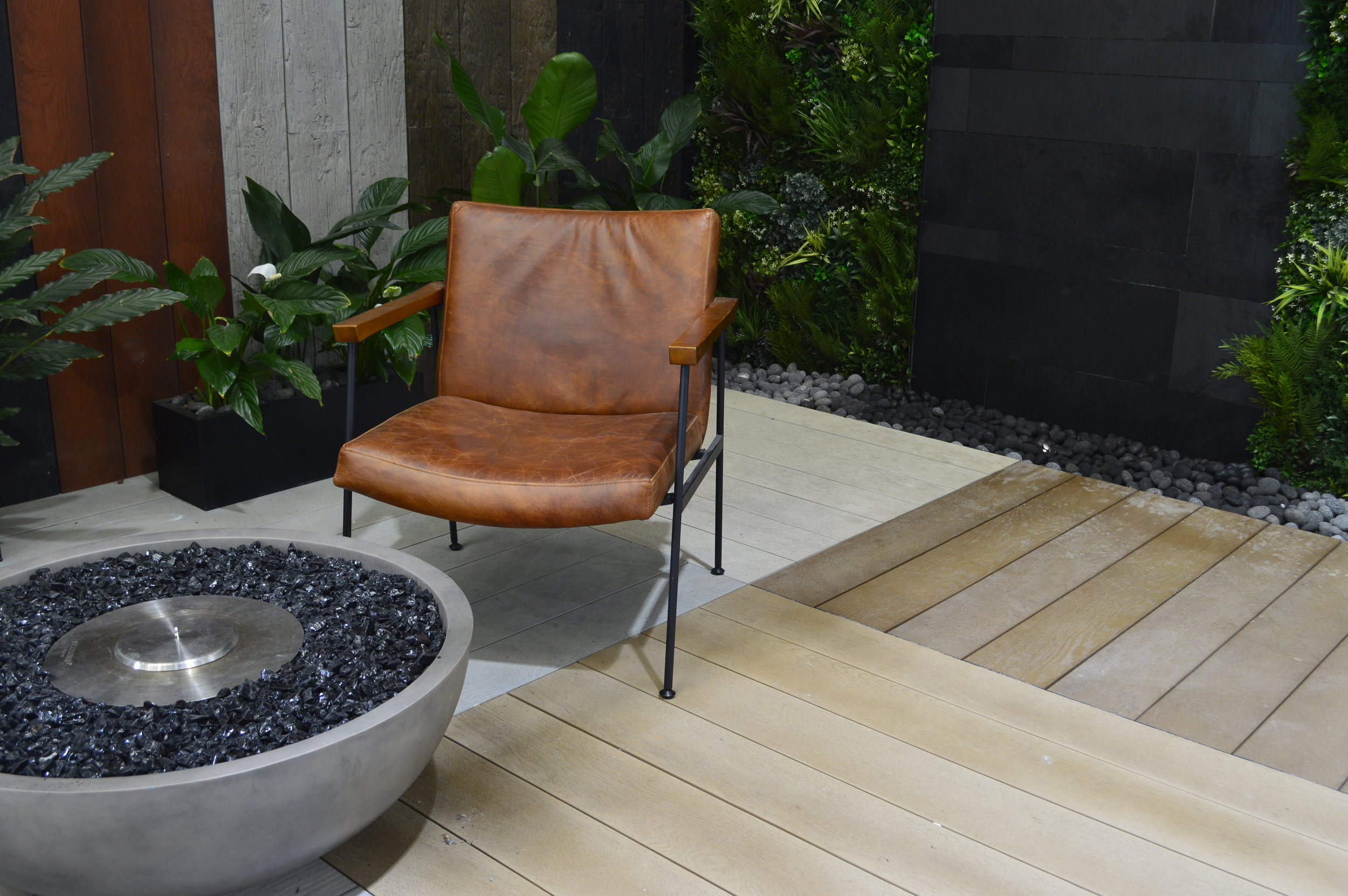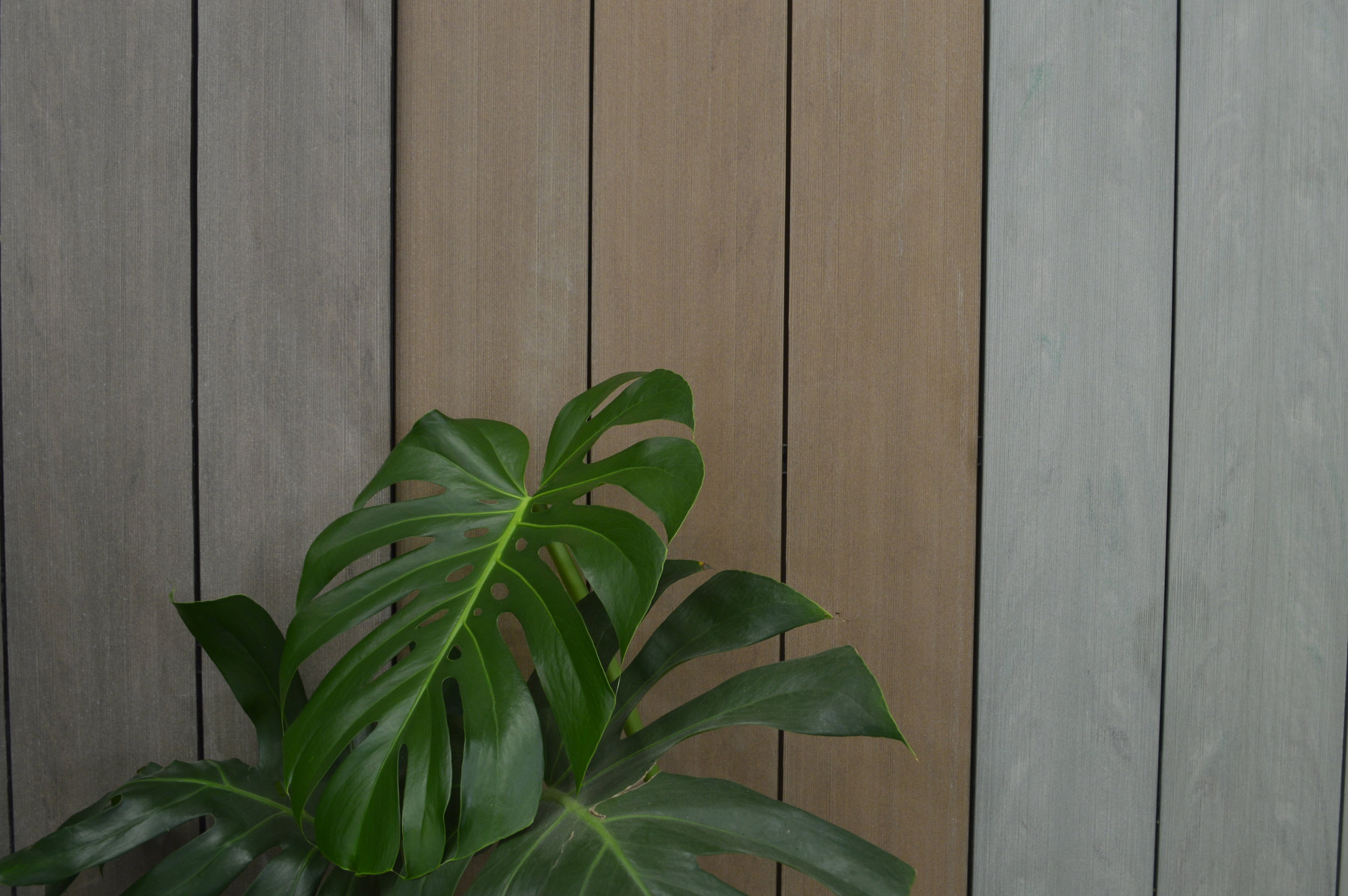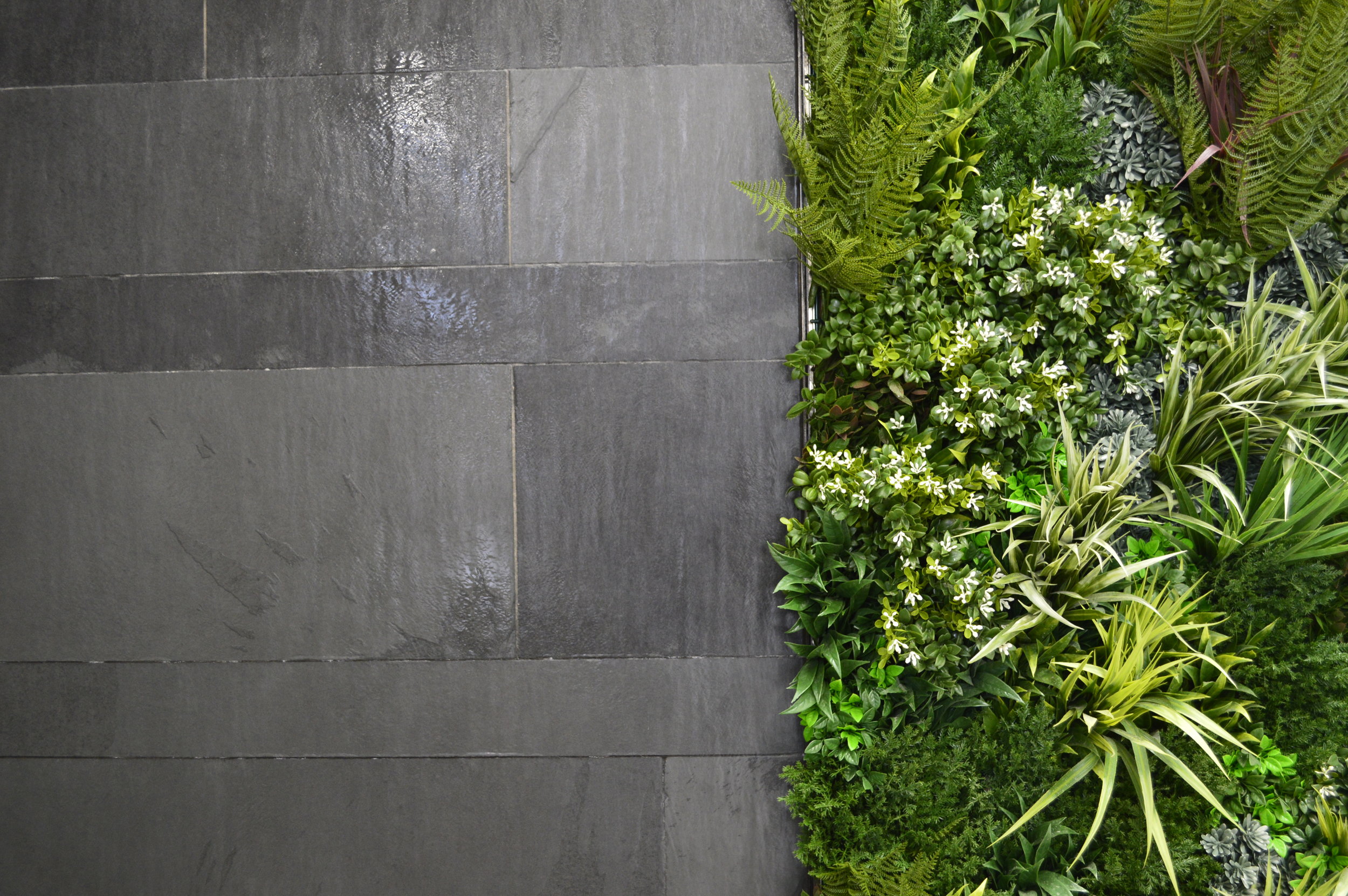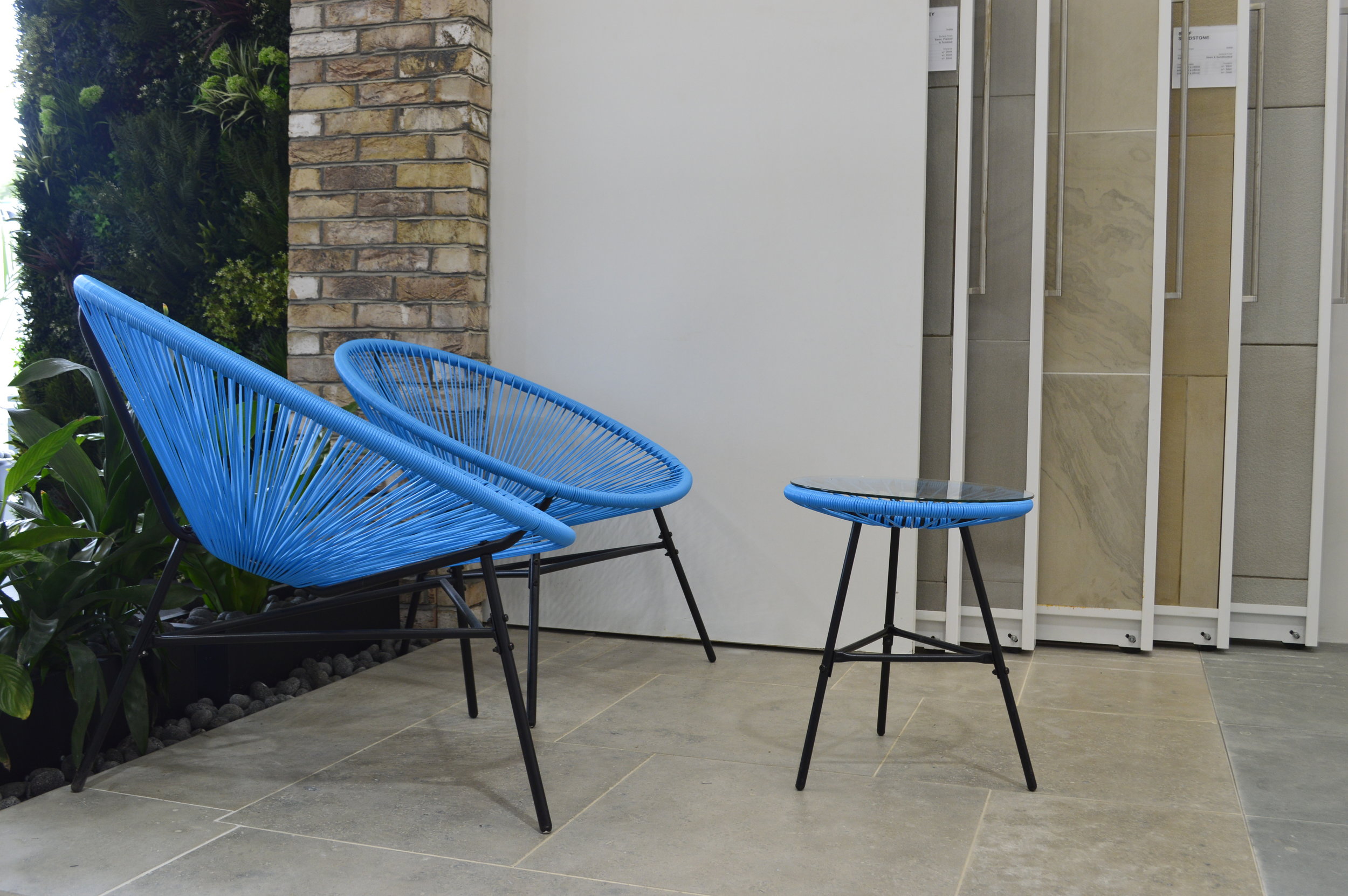Choosing Your Landscaping Materials
Part of our role as a garden designer is to help you choose your materials for your garden project.
We try to keep the diversity of materials to a minimum. The general rule of thumb is three. But rules are for breaking! We also work with colours - working warm tones together, and cool tones together. We also use materials that will have colours within them that will pick out features in adjacent materials.
Here we are marrying a timber to a preferred paving choice. All timber will silver, but there is still a degree of warmth and coolness within each species.
The style of garden, or the theme of the garden will also result in different materials choices.
Materials samples for a coastal garden design - timber, weathering steel and gravels.
Thankfully choosing materials for the garden is easier than choosing tiles for your bathroom.
1) There is less choice. Always helpful as too much choice can make your decision making much harder! There is less choice because there are less materials that comply with regulations for the external environment. Amongst many regulations, materials need to meet slip ratings and frost rating.
2) Materials are much more forgiving in the outside arena. Materials will change depending on whether you are looking at them on a sunny or cloudy day and also whether they are wet or dry. Even certain plants as well as partnerships with other materials can change the way we perceive the colour.
3) Materials will weather and change over time. Timber will silver; stone will soften. Materials do change over the years, which adds to the aesthetic.
We consider various things when presenting you with ideas. How old is the house? Would older style natural materials work, or do we need to think about contemporary modern materials? What is it made from? e.g. A brick detail in the garden will link the garden back to a brick built house. What materials are sourced locally as this may make sense in the garden. A flint wall may not feel right in a sandstone area for example. Also, the local quarries are often long established and you will see much in the way of building with local materials.
One end of the scale is contemporary stone paving with thin jointing for a modern design.
The other end of the scale is mixing many natural. imperfect materials for a eclectic look.
Also what is your style? Are you eclectic? Then mixing and matching materials, and creating small details and incidents in the garden would likely work. Are you minimalist? Then large format stone or porcelain in a coursed layout would be best. Are you traditionalist? Then a random stone, and brick details may well be best.
Choosing materials to match in with an existing stone terrace
We then will get samples sent to you so you can see and feel the material before committing. These are often sent out in small units. Seeing the pallet of materials together can help you understand why we have suggested them.
Some materials are quite variable, and also on a larger scale can feel quite different, so we also suggest you go to a showroom if possible. There are not a huge number of these around, but we do suggest Silverlands Stone or London Stone. Smaller suppliers also have places you can go to see smaller panels a bit more locally, although there stock won’t be as diverse.
Below are some images I took from a recent visit to London Stone in Farnham. Seeing the materials in situ, and alongside other materials is a great way to understand how they all work together.
Finally, we can also request sample panels be built on site. Now, these will see a cost involved to you as the client, but if you would rather see and sign off a sample panel before committing to a whole area, then this can be arranged for you.
We always want you to feel confident in what you are investing in, so we do what we can to help you in the design phase.
If you want to have a chat about your garden design project then please call.
